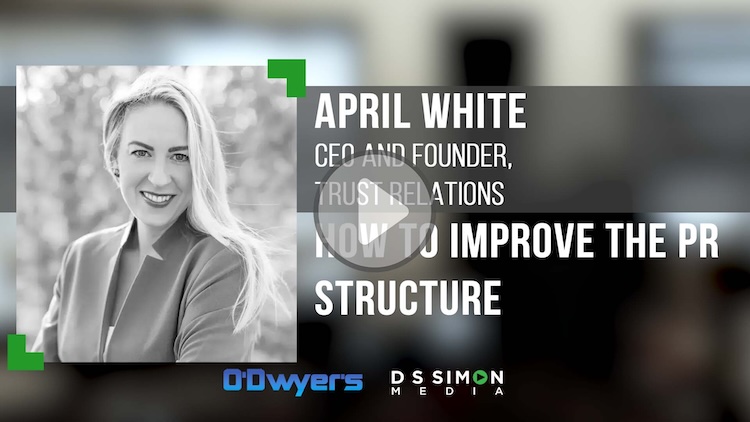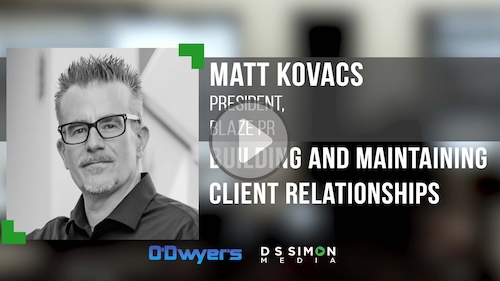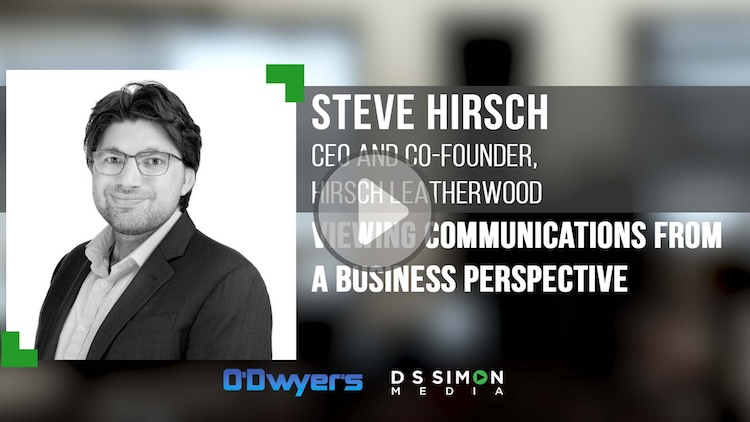 |
| Bob Brody |
Years back, the Fox News Channel invited me on to talk about my blog, letterstomykids.org (http://letterstomykids.org/). I would have the opportunity to call on parents to commit, as a New Year’s resolution, to writing down personal memories to share with their children.
The interview was going to put to the test whether I actually practice what I preach when media-training clients. Over the years I’ve media-trained everyone from CEOs and celebrities to physicians and soldiers. Would I follow my own advice?
The answer turned out to be yes. For starters, I prepared myself. I decided on my key messages. I anticipated the questions likely to be asked. I jotted down notes about the story I wished to get across. Then I boiled it all down and then boiled it down some more as if trying to reduce a fine sauce to its essence.
I also ran through my lines in my head. I rehearsed several times with my notes in front of me, the day before the interview, then several times without, on the big day.
Throughout the process, I reminded myself of the very pointers I often give to clients. You’re an expert; that’s why they’re interviewing you. Talk as if to just one person rather than imagine an audience of a million people watching you. Take a deep breath before you go on. Above all, be exactly who you are, nothing more, nothing less.
I came away from my experience on national television with a few key lessons under my belt. Prepare just enough; stop before you overdo it. A broadcast interview should appear spontaneous. You also have less time to say what you want to say in a live TV interview than you think you do. I had more than four minutes, a lot by TV standards, and believe me, it went by in a blink.
I have only one regret. I definitely should have smiled a little more. If the topic at hand is suitable, it’s advisable to smile. After all, I went before the cameras mainly to talk about my kids.
About a year later, I learned all over again – and on national TV yet – a lesson about an issue close to everyone connected with public relations: the matter of brevity. I was to be a guest on “The CBS Early Show” for a segment about parent’s New Year’s resolutions that would feature my blog, letterstomykids.org.
At 6 a.m. on a Saturday morning, we rehearsed the segment in the CBS studio, with me doing an intro. Afterwards, the producer came over to me and said, “You went a minute and 15 seconds. That’s much too long, babe. You need to cut it in half. Thirty seconds, tops.”
Great. Now I had to take the messages I had crafted, all the while imagining myself as Michaelangelo sculpting David, and chip away more than half. And for the next two hours, as I prepared to go before the cameras and the blinding studio lights to say my piece in front of about two million viewers, my attitude somewhere roughly in the middle of the spectrum between absolute confidence and petrified panic, I chiseled like a diamond cutter on 47th Street. I also practiced my lines at least 10 times.
OK. Now you already no doubt appreciate the value of brevity in communications. You appreciate the importance of speaking fluently in the language known as sound bite. You recognize that, as studies have shown, the less you say, the more likely your words will be remembered.
Maybe you’re even familiar with the observation about brevity, my favorite of all time, from the versatile French genius Blaise Pascal. Roughly translated: “My letter is too long only because I lacked the time to make it shorter.”
And that’s the key right there. Brevity seldom happens by accident. Brevity is the result of the strictest discipline. You can achieve that brevity, on behalf of yourself or your organization, only if and when you know, with absolute certainty, exactly what you should say.
Need I say more?
***
Bob Brody is a public relations consultant, editorial specialist and former SVP at Weber Shandwick, Ogilvy and Rubenstein Associates. A widely published essayist, he is the author of the memoir “Playing Catch with Strangers: A Family Guy (Reluctantly) Comes of Age.”










 Have a comment? Send it to
Have a comment? Send it to 
No comments have been submitted for this story yet.